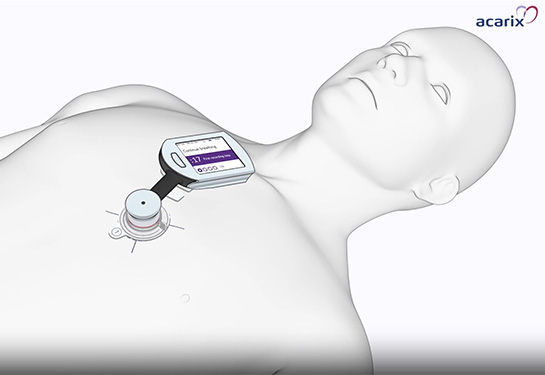Peripheral Arterial Disease (PAD)
Vascular health conditions like PAD can negatively impact your health and quality of life. The UC Davis Vascular Center team provides the highest level of personalized care to help improve your symptoms and prevent further health problems.
Medically reviewed by Mimmie Kwong, M.D. on June 29, 2023.
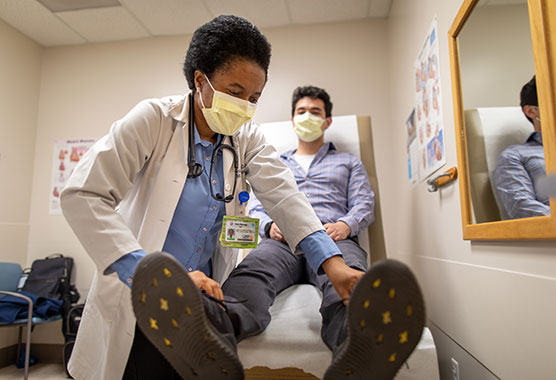
Experts Ready to Treat Peripheral Arterial Disease
Specialists at UC Davis Vascular Center are experts in detecting PAD and providing advanced treatments to protect your health. You benefit from the combined expertise of many types of specialists working together to provide complete care.
What Is Peripheral Arterial Disease?
Peripheral arterial disease (PAD) is also called peripheral artery disease or peripheral vascular disease.
PAD occurs when blood vessels that carry blood from your heart to the rest of your body become narrow or blocked. This results in less blood flow through your body.
PAD can affect any blood vessel. Most often, it affects those in your legs and feet. This is called lower-extremity PAD. In about 10% of cases, PAD affects your arms, hands or fingers (upper-extremity PAD).
Blocked blood vessels from PAD are associated with serious health problems such as heart attacks and stroke. If PAD is left untreated, body tissues that do not receive enough blood can die. When tissue death is significant, amputation (surgically removing a limb) may be necessary.
Peripheral Arterial Disease (PAD) Symptoms
PAD is a serious health condition. It’s associated with heart attacks and stroke. If PAD is left untreated, it can lead to amputation. It’s important to recognize any symptoms early and talk to your physician. An accurate diagnosis will help you get the treatment you need to avoid complications.
Common Symptoms
Tell your physician if you experience any of these PAD symptoms:
- Muscle cramps or pain in your calves, legs or hips while exercising (claudication)
- One leg feels colder than the other
- Pain in your legs that won’t go away
- Slow nail growth
- Wounds in your feet or legs that heal very slowly
- Chest pain or pressure
- Shortness of breath while resting
Emergency Symptoms
Call 911 immediately if you experience any of these symptoms:
- Dead tissue (gangrene), skin that has turned black
- Dizziness, confusion or loss of balance
- Severe headache
Peripheral Arterial Disease (PAD) Causes
Certain medical conditions or injuries can lead to PAD, including:
Atherosclerosis
Like coronary artery disease (CAD), peripheral artery disease is usually caused by a buildup of plaque in your arteries called atherosclerosis.
Bacterial Infection
A bacterial infection can cause inflammation in your body that can contribute to the development of PAD.
Blood Clots
Certain vascular conditions like thrombocytosis and antiphospholipid syndrome can cause blood clots. Blood clots can lead to a range of vascular health problems, including PAD.
Chronic Kidney Disease (CKD)
Impaired kidney function from CKD can lead to atherosclerosis and peripheral vascular disease.
Diabetes
High blood sugar levels from diabetes can damage your blood vessels, making them stiff. This can lead to PAD because blood doesn’t flow as well through stiff blood vessels.
High Blood Pressure and Cholesterol
Both high blood pressure and high cholesterol levels contribute to plaque buildup in your arteries, which can lead to PAD.
Injuries or Abnormalities in Your Arms or Legs
Rarely, an arm or leg injury, or issues affecting your muscles or ligaments, can lead to PAD.
PAD Risk Factors
Age
People over the age of 60 are more likely to develop PAD.
Family History of PAD
If members of your family have PAD or other heart conditions, you are more likely to have it.
Lifestyle Habits
Certain lifestyle choices can increase your risk of PAD, including a:
- Diet high in saturated fat, sodium and cholesterol
- History of smoking
- Lack of regular exercise
Obesity
Obesity is linked to inflammation in blood vessels and high blood pressure, which can both lead to PAD.
Diagnosing Peripheral Arterial Disease
Specialists at UC Davis Vascular Center make every effort to detect vascular conditions early before they significantly impact your health. We offer the highest level of testing to provide a prompt and accurate diagnosis. This allows you to get started on the right treatment as soon as possible.
To begin, your physician will ask you about your symptoms and medical history. They will also do a physical exam. They may recommend tests to help diagnose peripheral vascular disease and rule out other health conditions. These may include:
- Ankle brachial index (ABI) to measure and compare the blood pressure in your ankles to the blood pressure in your arms
- Imaging tests to see the blood flow in your arteries, like a CT angiography (CTA), magnetic resonance angiography (MRA) or ultrasound
Treatments for Peripheral Artery Disease (PAD)
Our team of vascular specialists is passionate about improving the lives of people with PAD. We work closely with you to create a personalized care plan based on your symptoms and needs.
PAD treatment options include:
Angioplasty
Angioplasty is a minimally invasive procedure. Your physician inserts a tiny, flexible tube (catheter) into your blocked artery through a small incision. Then, they inflate a very small balloon inside your artery to open it up.
Atherectomy
In this minimally invasive procedure, your physician makes a small incision and moves a catheter into your blood vessel. A blade on the end of the catheter removes plaque from your artery.
Bypass Surgery
Your physician may recommend bypass surgery for more significant blockages. In this procedure, a tube made of your own vein or made of prosthetic material is used to reroute (bypass) the blocked artery and restore healthy blood flow.
Medication
Your physician may prescribe medication to relieve symptoms of PAD or to prevent complications. These may include medications that:
- Lower cholesterol and high blood pressure
- Prevent blood clots
- Reduce leg cramping and pain during exercise
Preventing Peripheral Arterial Disease
Healthy lifestyle habits can help prevent peripheral artery disease and also reduce your risk of it getting worse. These include:
- Eating heart-healthy foods
- Exercising regularly
- Following treatment plans for health conditions like diabetes, high blood pressure and high cholesterol
- Maintaining a healthy weight
- Quitting smoking
"What is Peripheral Artery Disease (PAD)?" American Heart Association, https://www.heart.org/en/health-topics/peripheral-artery-disease/about-peripheral-artery-disease-pad
"Peripheral Artery Disease (PAD)," Centers for Disease Control and Prevention (CDC), https://www.cdc.gov/heartdisease/PAD.htm
Who is affected?
10MPeople over the age of 40
Impact of cigarettes
50%Of all PAD cases are linked to smoking
Sources: National Heart, Lung and Blood Institute: Facts About Peripheral Artery Disease (PAD)
National Library of Medicine: Smoking and the Pathophysiology of Peripheral Artery Disease
Request an Appointment
As Sacramento's No. 1 hospital, you'll benefit from unique advantages in primary care and specialty care. This includes prevention, diagnosis and treatment options from experts in 150 specialties.
Referring Physicians
To refer a patient, you can submit an electronic referral form or call.
800-4-UCDAVIS
Patients
For questions and appointment information
Consumer Resource Center
800-2-UCDAVIS

Ranked among the nation’s best hospitals
A U.S. News & World Report best hospital in cancer, cardiology, heart & vascular surgery, diabetes & endocrinology, ENT, geriatrics, neurology & neurosurgery, obstetrics & gynecology, and pulmonology & lung surgery.

Ranked among the nation’s best children’s hospitals
A U.S. News & World Report best children’s hospital in diabetes & endocrinology, nephrology, and orthopedics*. (*Together with Shriners Children’s)

Ranked Sacramento’s #1 hospital
Ranked Sacramento’s #1 hospital by U.S. News, and high-performing in COPD, colon cancer surgery, diabetes, heart attack, heart failure, hip fracture, hip replacement, kidney failure, leukemia, lymphoma & myeloma, lung cancer surgery, ovarian cancer surgery, pneumonia, prostate cancer surgery, stroke, TAVR, uterine cancer surgery, gastroenterology & GI surgery, and orthopedics.
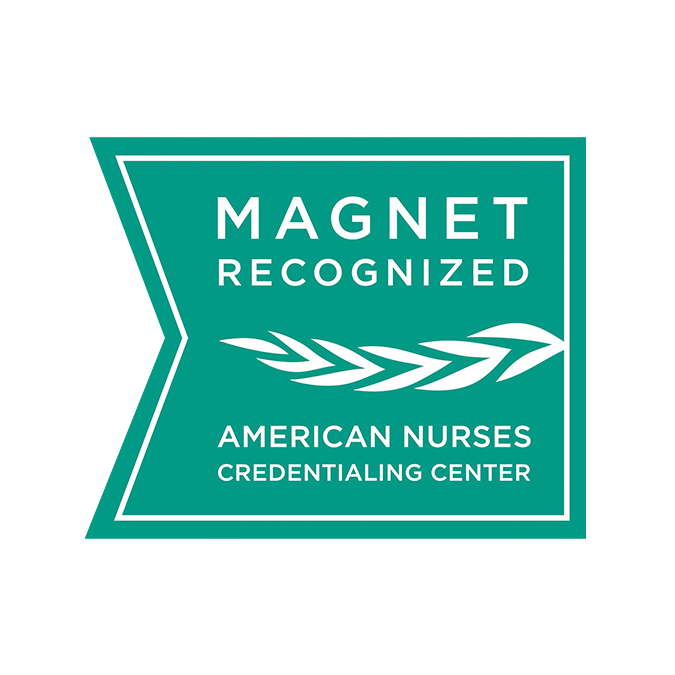
The nation’s highest nursing honor
UC Davis Medical Center has received Magnet® recognition, the nation’s highest honor for nursing excellence.
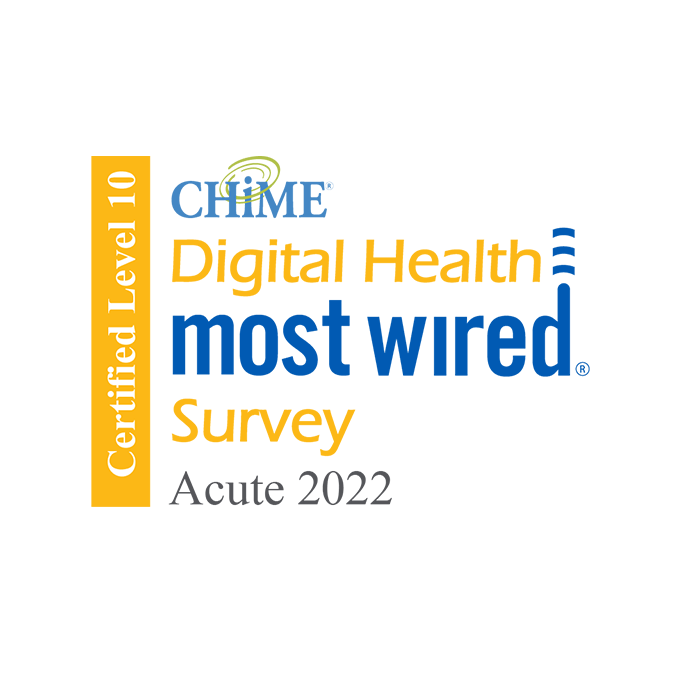
“Most Wired” for acute care
UC Davis Health has been recognized as a level 10 out of 10 in the Digital Health “Most Wired” program from the College of Healthcare Information Management Executives (CHIME). The honor recognizes excellence in using technology to improve the delivery of care.
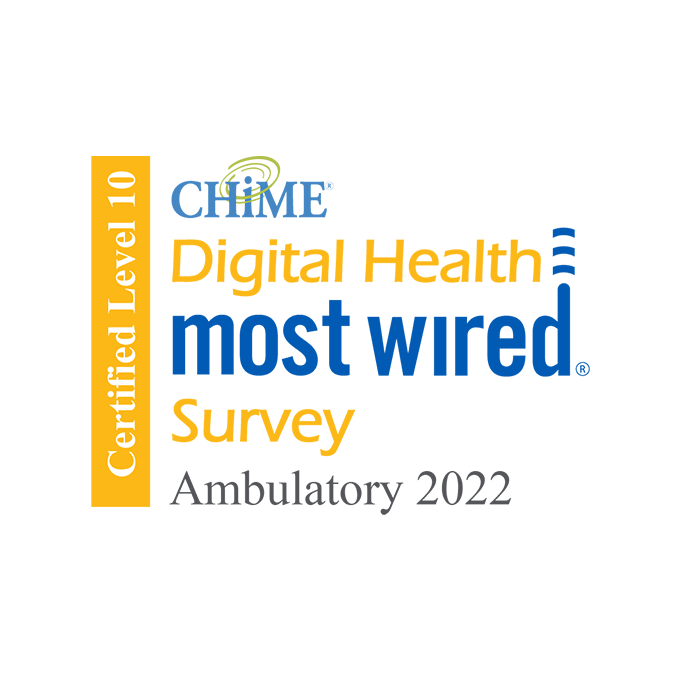
“Most Wired” for ambulatory care
UC Davis Health has been recognized as a level 10 out of 10 in the Digital Health “Most Wired” program from the College of Healthcare Information Management Executives (CHIME). The honor recognizes excellence in using technology to improve the delivery of care.
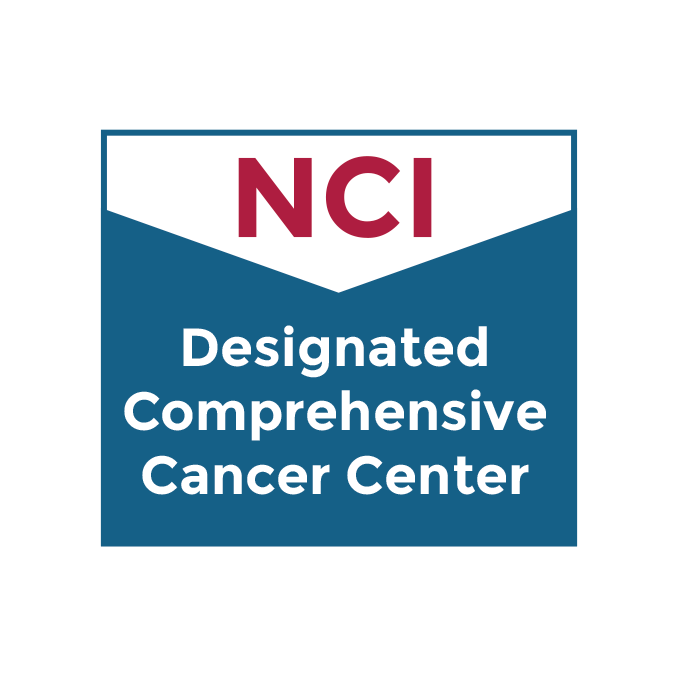
World-class cancer care
One of ~56 U.S. cancer centers designated “comprehensive” by the National Cancer Institute.

A leader in health care equality
For the 11th consecutive year, UC Davis Medical Center has been recognized as a “Leader in LGBTQ+ Healthcare Equality.”

